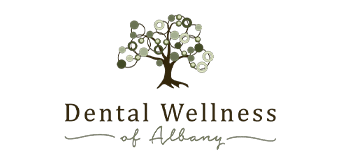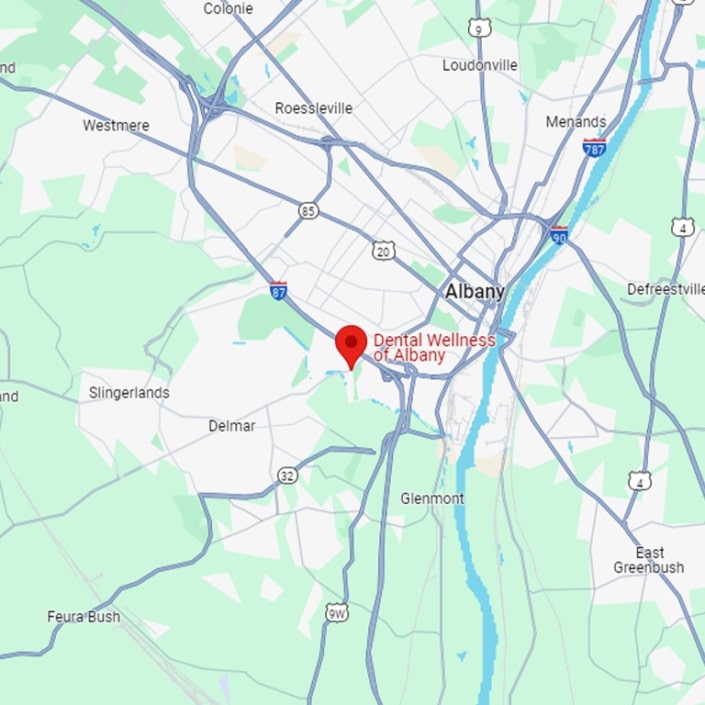Ozone Dentistry
Hands-down, ozone is one of the most versatile tools available to biologic dentists today, able to be used in a wide range of procedures to disinfect tissues and stimulate the body’s own healing abilities.
What Is Dental Ozone & How Does It Work?
Ozone is one of the forms oxygen can exist in. The oxygen that we breathe is made of molecules of two oxygen atoms bound together. Ozone has a third molecule, so instead of O2, it’s O3.
That extra atom makes the ozone molecule unstable. It wants to lose that extra molecule so it can become stable O2 again. That’s what gives ozone its superpowers. The third molecule attaches to and disrupts the normal function of bacteria, viruses, fungi, and other pathogens, which can then be safely excreted by the body.
At the same time, ozone supports good healing by improving circulation, reducing inflammation, and enhancing the body’s immune response.
How Is Dental Ozone Used at Dental Wellness of Albany?
Here in our office, we create ozone by passing pure medical grade oxygen through a special machine. Once ozone is created, it can be used in liquid or gas form. It’s natural, safe, powerful, and well tolerated by most patients, with next to no side effects.
Here are some of the most common ways Dr. Herzog uses ozone to help his biologic patients:
- Periodontal therapy: Ozone can be used to help treat gum disease, either through flushing the periodontal pockets with ozonated water or applying ozone gas into the gum tissue.
- Treating cavities: Ozone can kill the bacteria that cause tooth decay. When decay is just on the surface, ozone may be enough to stop the infection. When decay has broken through the enamel into a tooth’s living tissues, ozone gas can be applied to its grooves, killing bacteria on contact, assuring a clean surface before a filling is placed.
- Treating sensitivity: Because ozone can harden tooth structure, irrigating a sensitive tooth with ozone gas can greatly reduce sensitivity without the need of chemicals.
- Disinfection & healing support: When applied after extractions, ozone can not only keep the site pathogen-free; it can also help jumpstart the healing process and even help make your post-op experience more comfortable – less pain, less swelling, and faster healing.



